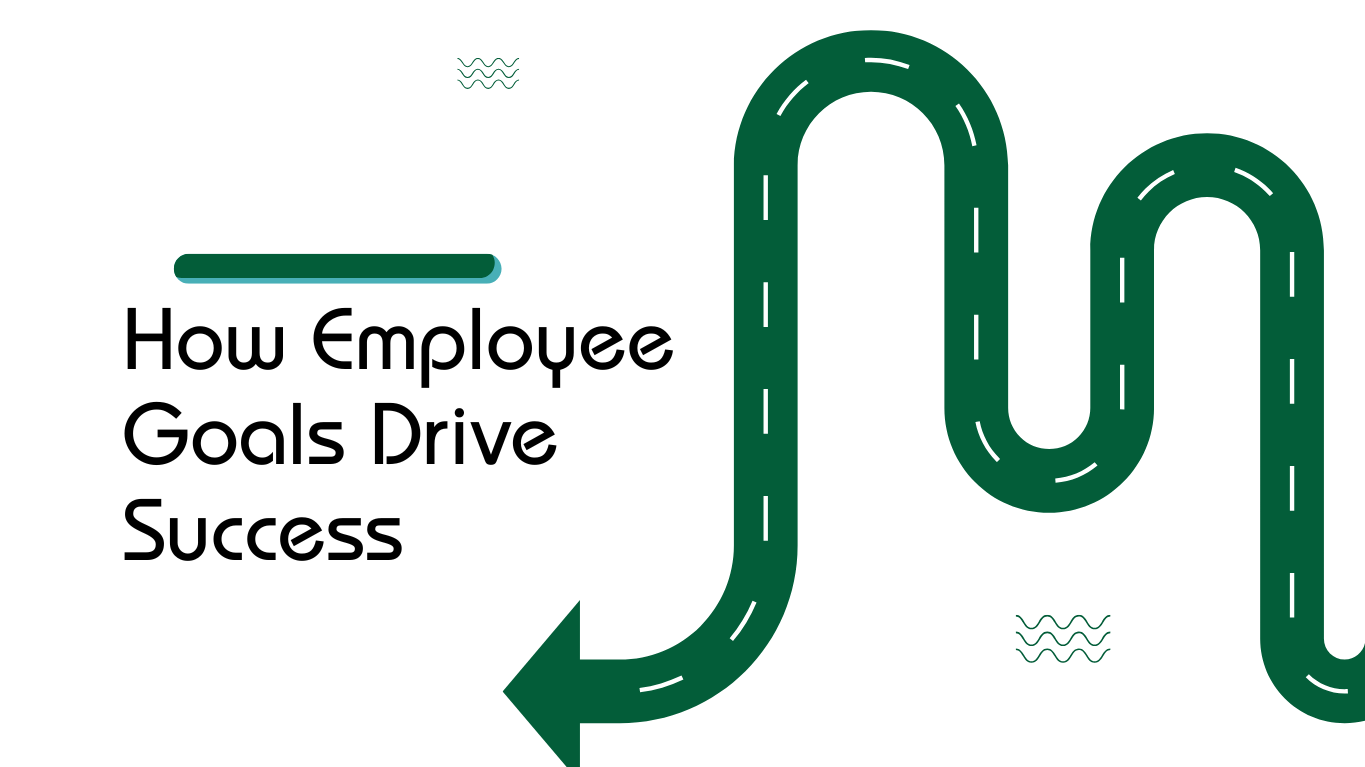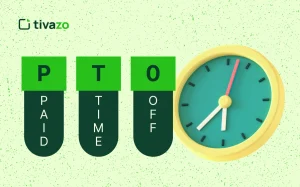In the fast-paced and ever-changing world of business, the success of an organization is reliant on the performance, engagement, and development of its people. TIVAZO COMPANY is convinced that it is necessary to grow individual ambitions while aligning them with the overall company’s ambitions, as a best practice relating to an organization’s long-term success. This is why clearly defined Employee Goals can be helpful. Employee Goals are much more than a bureaucratic requirement; they can help inform individual contributions, develop people, and move TIVAZO COMPANY toward its desired strategic outcome.
The understanding of Employee Goals has transformed from simple task lists to productive aids that help individuals understand their value and career pathway. For TIVAZO, an effective method of defining and tracking Employee Goals indicates an effective high-performance culture, where all members of the team feel valued, clearly defined purpose, and contribute to the group’s achievements. This guide will explain what Employee Goals mean, describe the important difference between employee development goals, detail a basic methodology to develop useful, and explain how TIVAZO COMPANY accepts these concepts to create a productive and engaged workforce.
Understanding Employee Goals: The Foundation of Success.
An ‘Employee Goal’ is an agreed-upon, specific, and measurable objective that an employee has set out to achieve within a specified time.
These goals do not merely encapsulate tasks but rather Employee Goals that drive meaningful results, move departmental goals forward, and help realize the priorities of TIVAZO COMPANY’s mission.
If you think about Employee Goals as personal mission statements that translate a company’s bigger vision into achievable outcomes for every employee, you can understand what Employee Goals entail.
Employee Goals serve many purposes, but two key ones are, first, clarity. In the world, we live in and especially in a facility like TIVAZO, where we strive for new ideas and communication, it is paramount that everyone is clearly defined so everybody knows what is expected of them, what constitutes success, and how their work relates to others.
Clarity helps to reduce confusion, reduces the chance that activities may be duplicated, and ensures that individuals can determine where they should be focusing their efforts. For instance, if performance expectations are not clearly defined, employees may feel like they are floating and may not truly appreciate what is important in their role and how their day-to-day actions contribute to TIVAZO’s larger success.
Second Development Goals are a significant driving force in motivating employees.
When employees are a part of developing their own Employee Goals.
They feel ownership and accountability, which creates “buy-in” and intrinsic motivation that far outweighs any external pressure.
Realizing a challenging but reasonable employee goal is always satisfying and invigorating for employees, leaving them feeling accomplished, with elevated morale, and planning for the next iteration as continuous improvement. In reality, for TIVAZO COMPANY, this means engaged employees motivated to stretch for new challenges and to leverage creativity for better results.
Third, they are invaluable vehicles for performance management feedback. Employee Goals are an objective Standard, or point of reference, for a manager to evaluate an employee’s performance. Managers can have regular discussions about employee goals and offer feedback where required, as well as identify any weaknesses or opportunities to provide assistance, motivation, or resources when needed. Continuing this process is helpful because it ensures that employees are making progress, addressing challenges, and iteratively learning to develop their ability to meet agreed-upon goals.
Recruitment and employment automatically reflect that we totally embrace this feedback loop model and don’t just become annual ‘performance reviews’ which are not as meaningful and grounded in/a/course/plan for continuous improvement.
Lastly, Employee Goals are essential and will be important for resource allocation and strategic planning. Leadership at TIVAZO can document and compare across departments to identify areas where shortages may occur and can more judiciously allocate budgets and make decisions related to anticipated investments (i.e., training, technology, staffing) and so on in connection with those. Collating and examining data across and with others provides a comprehensive data set that is valuable within the context of not just TIVAZO’s strategic roadmap, but also in ensuring that individual goals contribute toward the best possible outcomes for TIVAZO. Moreover, TIVAZO’s future aspirations would further bolster a culture of accountability and continuous improvements.
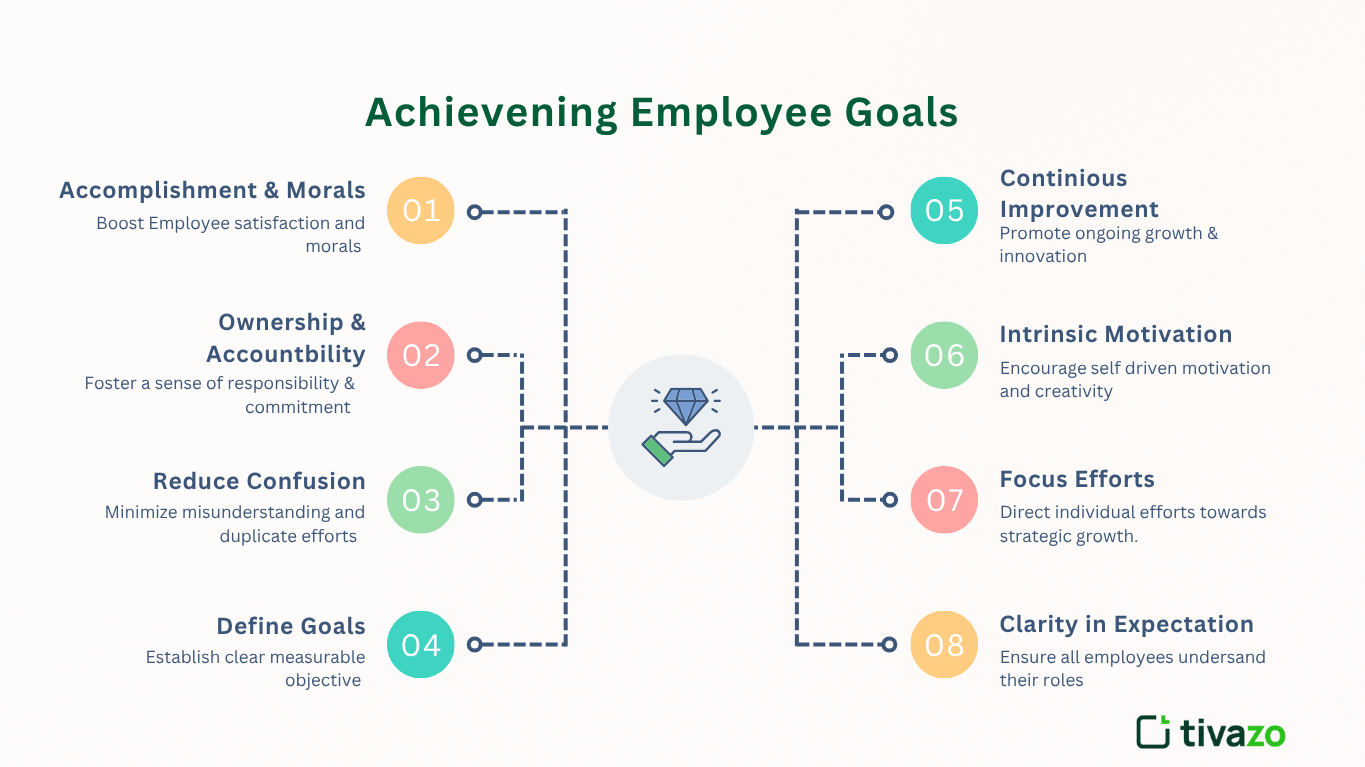
Looking Deeper: Understanding Employee Development Goals
Employee Goals associated with performance – focus on current deliverables and outcomes that can be measured. In comparison, Employee Development Goals look more longitudinally or broadly and focus on personal and professional development. Those that focus on development are those that aim to increase an individual’s skills, talents, knowledge, and knowledge to be more prepared for potential future roles and challenges at TIVAZO COMPANY.
What do employee development goals look like?
Employee development goals are intended to develop new skills, build on existing skills, and experience something new in a way that will impact the employee’s long-term career goals and value to the organization. While performance goals may be linked to quarterly sales or project completion, development goals are oriented toward building capacity. Goals could include the following examples.
- Developing a new technical skill: “In Q4, I will complete the advanced Python programming course, and by the end of the course, apply it to at least one internal TIVAZO project.”
- Developing a soft skill: “By the end of the year, I will participate in three cross-functional team meetings, where I will focus on improving my public speaking and presentation skills.”
- Gaining leadership experience: “In Q3, I will shadow a senior manager during two critical client negotiations and observe advanced client relationship management.”
- Expanding industry knowledge: “In Q2, I will attend two industry conferences and present the key takeaways to the TIVAZO marketing team.”
- It is important to recognize the difference between performance, Employee Goals, and development. Performance goals are about what an employee accomplishes.
Whereas development goals refer to how an employee will develop to accomplish more in the future. We are committed to ensuring that both are part of a holistic approach to talent management at TIVAZO.
There is a substantial, long-lasting benefit for employees and TIVAZO COMPANY in providing good Employee Development Goals. These kinds of show employees care about their future and are committed to developing their skill set, leading to loyalty to and job satisfaction.
Further, the clear pathway to advancement will lower attrition and attract other top talent if employees are happy, considering their Employee Development Goals. If employees have opportunities to grow professionally by making legal, measurable Employee Development Goals, they will likely be loyal to TIVAZO COMPANY for their careers.
The Framework for Success: Goal Setting
Goal setting for employees is an easy-to-understand process to follow, but it is a delicate balance of art and science. An effective setting requires forethought, clear communication, and collegiality. At TIVAZO COMPANY, we promote a logical structure and process of a setting designed to maximize the effectiveness of goal setting. Goal setting can take various approaches (i.e., SMART goals; OKR – Objectives and Key Results); however, the principles are the same.
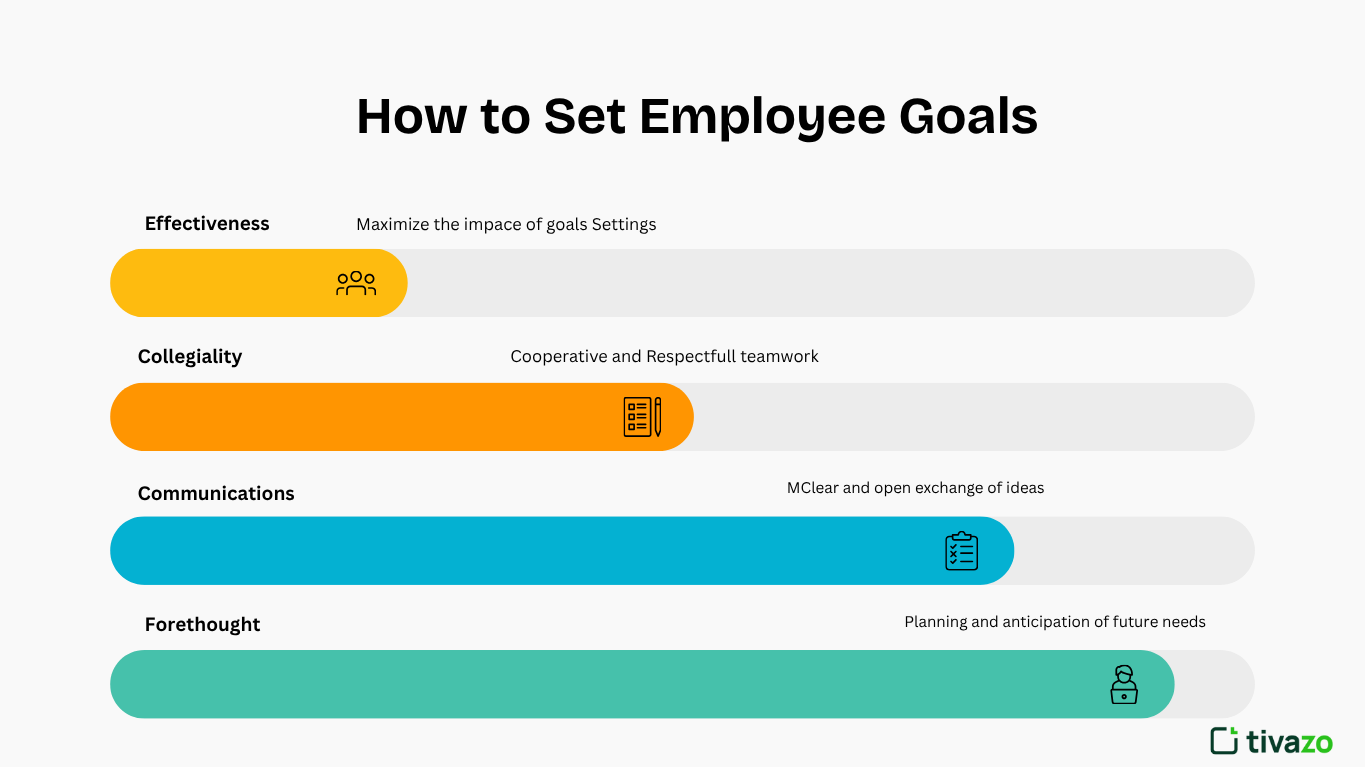
How to set employee goals:
Put the employee goals in the context of business strategy.
The first important phase of the goal-setting process is ensuring that employee goals begin to flow from TIVAZO COMPANY’s broader corporate strategy. All employees must be able to link their daily activities to TIVAZO COMPANY’s mission and vision. As a result, employees are moving in a common direction with a common purpose. At TIVAZO COMPANY, managers are trained to lead the top-down alignment of and to ensure that the department and individual goals are aligned with the future of the organization.
Work Together to Set Goals:
Employee Goals should not be assigned by someone else. Instead, Employee Goals should be a joint process between the employee and the employee’s manager. Participation is essential because it provides the employee with a level of ownership and fosters commitment by the employee. The manager provides the context, resources, and guidance, while the employee supplies their understanding of their abilities, aspirations, and real-world constraints to the conversation. We can be assured that they are plausible, challenging, and ultimately meaningful to the employee. At TIVAZO, collaboration is a fundamental element of our performance management belief system.
Make Them SMART:
- The SMART method continues to be an extremely popular and effective way to create clear Employee Goals. Employee Goals should be:
- S – Specific: Clearly articulated, not open to interpretation. What is to be accomplished? A goal such as “improve customer satisfaction” is ambiguous; a goal articulated as “increase customer satisfaction scores by 10% in Q3” is specific.
- M – Measurable: Can measure, clear metrics to determine success. How will success be evaluated? This is a critical question to be considered when tracking the progress of Employee Goals.
- A – Achievable: Realistic and achievable, given time and other resources. It should be a stretch, but the employee should feel they have a chance of achieving the Employee Goal.
- R – Relevant: Relevant to the employee’s role, the department’s objectives, and TIVAZO’s strategic priorities. Do these employees ‘ goals matter?
T- Time: Supporting particular personal goals (for example, work-life balance goals, and stress redirection) will enhance individual well-being and support increased levels of productivity.
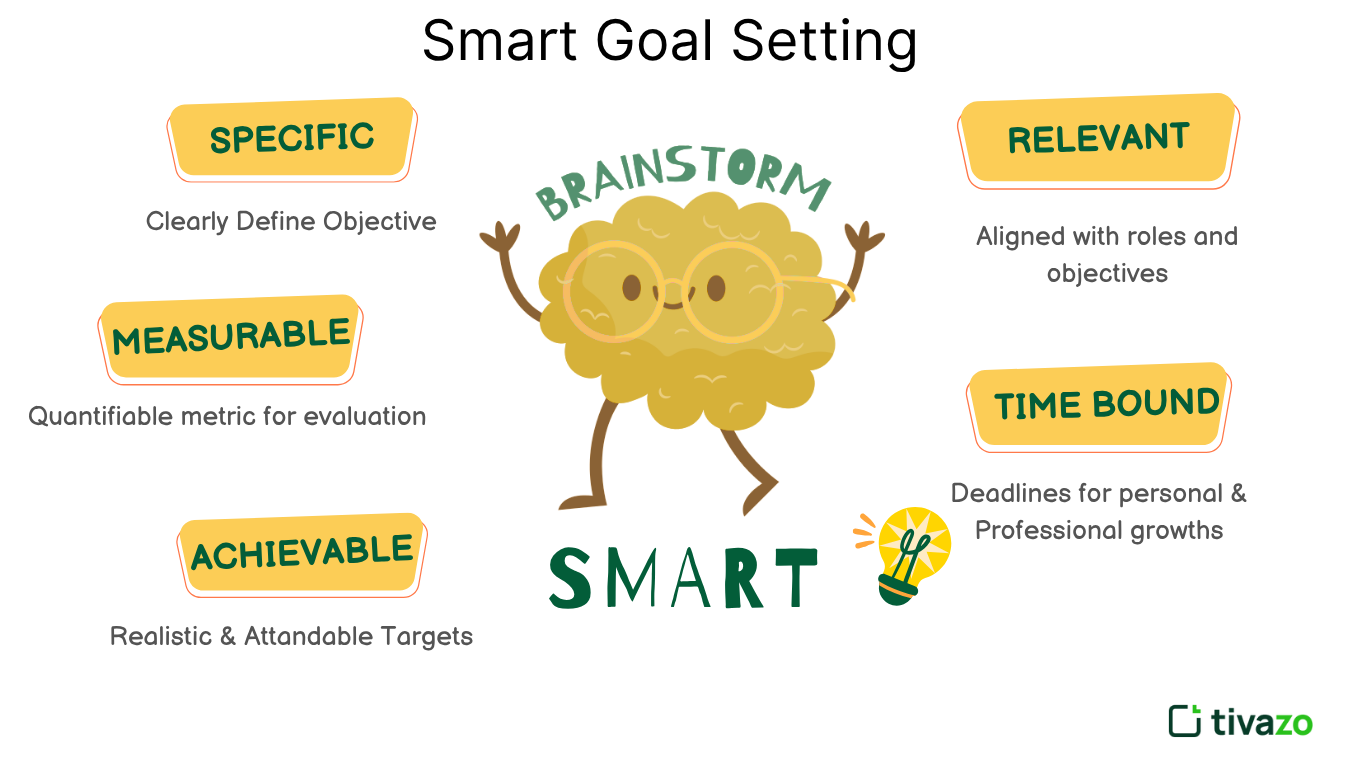
Consider Other Types of Employee Goals:
TIVAZO encourages that a balanced approach includes both:
Performance Goals: flow from specific job responsibilities and quantifiable outputs (for example, sales objectives, project completion, quality indicators)
Development Goals: flow from capacity, skill, or knowledge acquisition in developing essentials (for example, a certification, new software, communication skills).
Individual Goals (where applicable): While they are not directly related to work, contributing to an individual’s goals (like work-life balance, and stress reduction) may have a more indirect impact on employee well-being and productivity than TIVAZO values.
Clearly Document and Communicate:
All agreed-upon Employee Goals must be documented. Other than an employee performance management system (like Harvest, which can monitor employee progress against goals), there are other means to document agreed-upon Employee Goals. The documentation is simply a tool to reference for both the employee and the manager. On a similar note, an employee’s progress through their Employee Goals is never just for a formal review. It’s important for both the employee and manager to have regular communications that include the employee’s Goals throughout the entire period.
Regular Check-ins and Feedback Loops:
Creating Employee Goals is only the first step. The real work happens when the Employee Goals are actioned. When carrying out the progress, informal regular check-ins (like bi-weekly or monthly) are important for progress reviews, challenges, and feedback messages. It is also a time to discuss a potential course correction if the Employee Goal is no longer attainable or if priorities shift. Continuous feedback is important to the growth mindset at TIVAZO, and these are meant to be casual communication opportunities for us to celebrate the smaller wins, encourage refinements, and keep the Employee Goals a priority.
Evaluate and Retry:
After the goal period, a formal review of the Employee Goals will take place. This involves determining achievement, discussing lessons learned, and celebrating success. This review is then input into the next Employee Goals discussion, so it establishes a continuous loop of improvement and growth. This process is important in reviewing and updating Employee Goals so that they remain current and reflect the changing needs of TIVAZO COMPANY and its employees.
TIVAZO’s dedication to Employee Goals: Creating a culture of growth.
At TIVAZO COMPANY, Employee Goals are not just a human resource initiative; it is embedded into our culture as an organization. We acknowledge that our people are our greatest asset, and by serving them through a systematic identification of goals, we are enabling them to maximize their potential. We should be committed to a culture of growth through Employee Goals in different ways:
Leadership Buy-in: Our leadership is outwardly committed to Employee Goals; they talk about and participate in the goal-setting processes and meetings, and regularly meet to review accomplishments through our employees’ Employee Goals. This top-down direction shows every employee that takes Employee Goals seriously and that Employee Goals are critical to reason/purpose for being.
Commitment to a culture of growth
- Let’s be real—goals aren’t just those boxes you tick off during that dreaded yearly review. Nope Around here, they’re basically in our DNA. We’re all about building a place where people want to show up, keep getting better, and toss out some wild, innovative ideas.
- Do you want growth? Cool. Set some goals. Do you want the whole company to work together instead of just faking it on Zoom? Guess what: goals, again.
- It’s not just lip service from the top. Our execs? They’re not hiding behind closed doors. They’re in the trenches, actually talking about what matters, putting their money (and resources) where their mouth is, and checking in—not snooping, just making sure everyone’s moving in the right direction.
- When the big bosses care about goals, everyone else pays attention. It’s not just “do this because HR said so.” It’s more like, “Hey, we’re in this together, and your goals matter just as much as the next person’s.” That vibe trickles down everywhere, so you’ll see folks in every department caring about what they’re working toward. Shocking, I know.
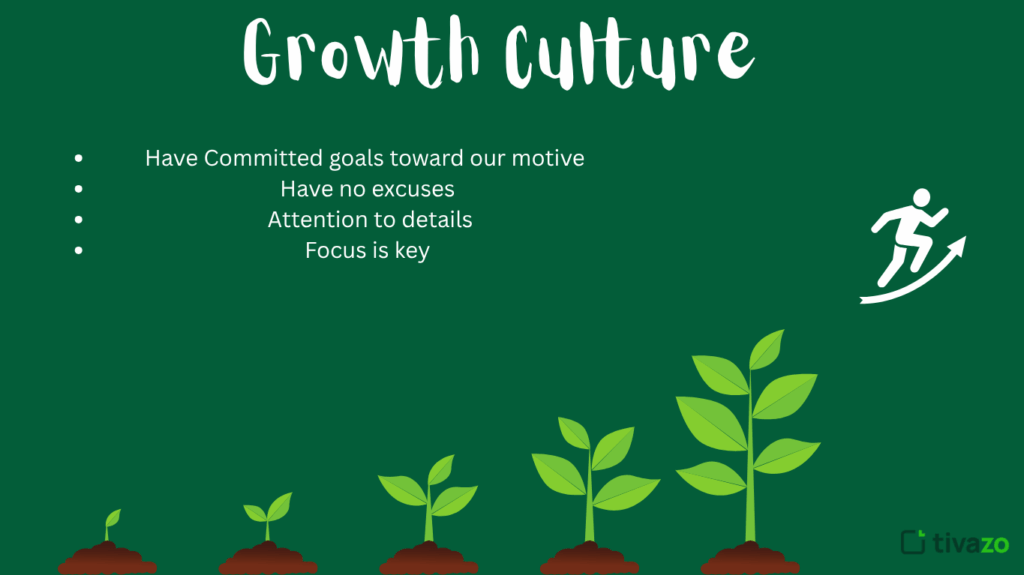
Conclusion on what Employee Goals mean?
In summary, strategically implementing and continually managing Employee Goals is critical for any organization that aspires to put in place a sustainable growth and succession plan. At TIVAZO COMPANY, Employee Goals are stated goals, but represent far more than only performance metrics; Employee Goals facilitate individual empowerment, professional development, and organizational alignment. By establishing clarity of what Employee Goals are, distinguishing between performance and development goals, and implementing a structured approach to collaboratively set and review Employee Goals, TIVAZO ensures every team member understands their essential contribution.
Employee Goals are critical because they provide clarity for everyday tasks and encouragement for long-term career paths. They help record every billable hour, properly manage productivity, prevent employee burnout, and develop the informative reports we need to inform strategic decisions. Our image of a dashboard depicting progress toward Employee Goals and success on larger corporate goals helps reinforce a culture of transparency, mutual celebrity, and collective wins; something that’s critical to a company like TIVAZO, reliant on the vision of all of our employees.
Being committed to creating an environment where Employee Goals are promoted, appreciated, and celebrated, to have a viable and sustainable workforce that can meet the demands of tomorrow. By investing in our people’s Employee Goals, TIVAZO COMPANY is not only creating a successful business; TIVAZO COMPANY is creating a future full of shared success and ongoing innovation. The emphasis on Employee Goals is game-changing for our organization!
